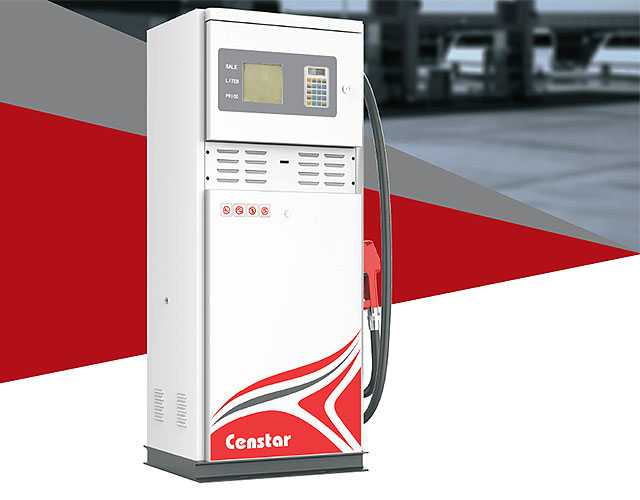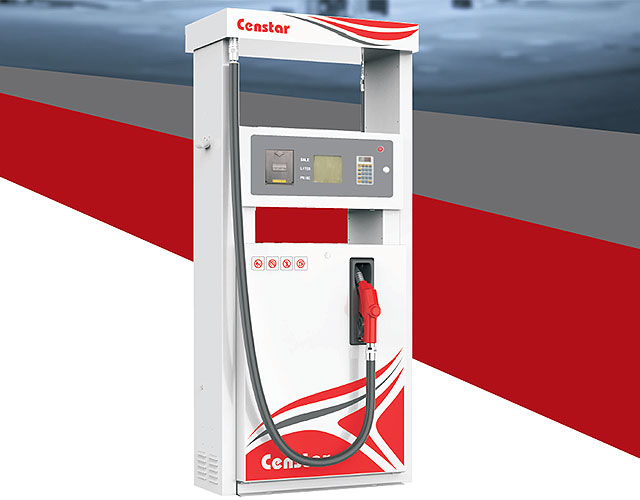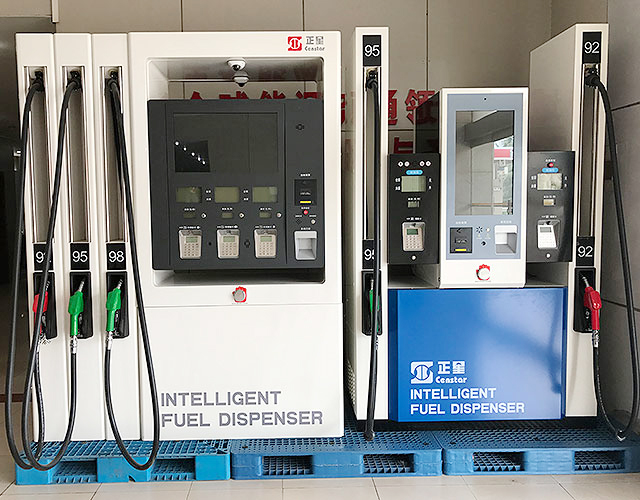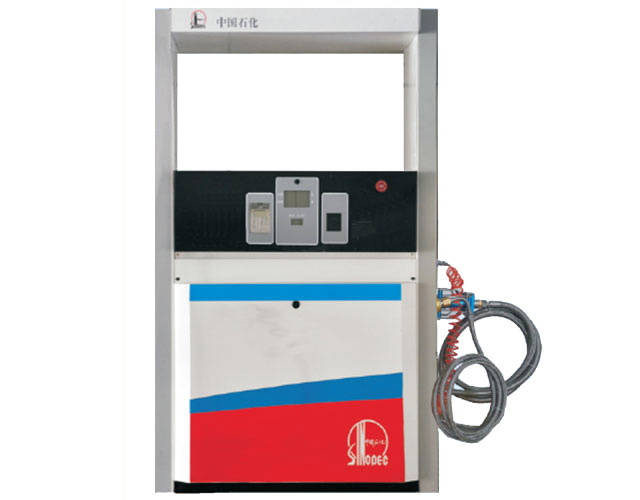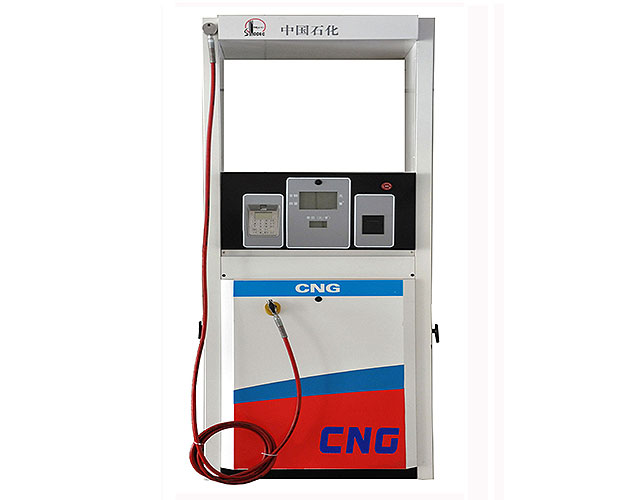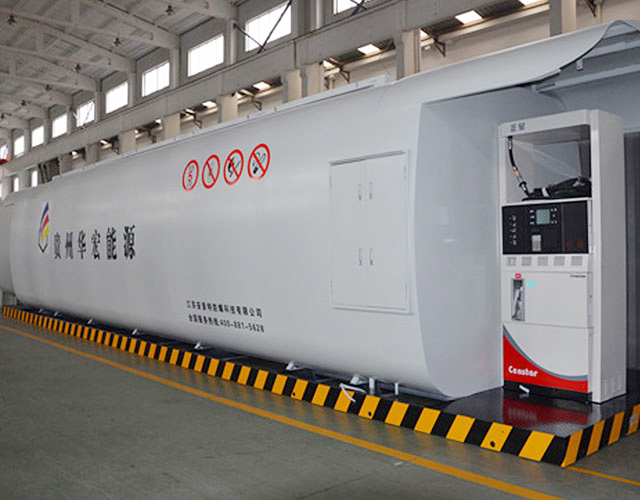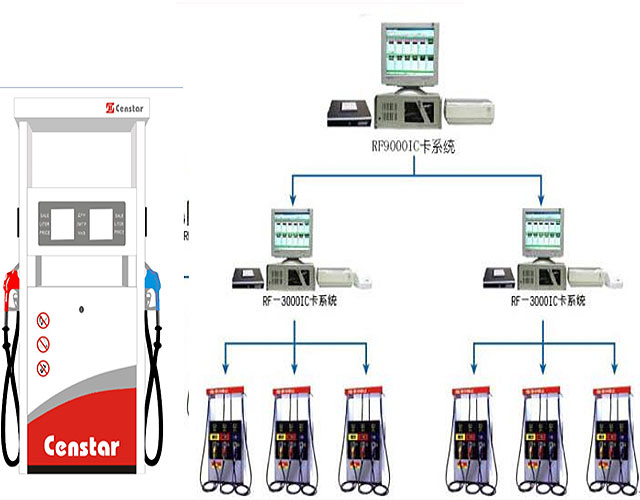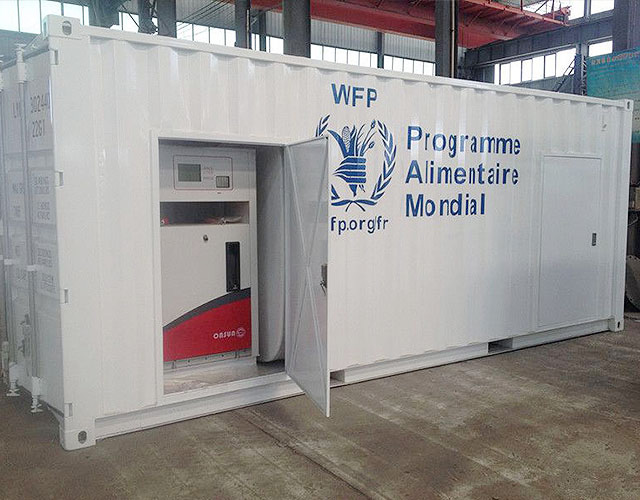stage 1 vapour recovery system
NC DEQ: Stage I Vapor Recovery
Stage I Vapor Recovery. Stage I Vapor Recovery is used during the refueling of gasoline storage tanks to reduce hydrocarbon emissions. Vapors in the tank, which are displaced by the incoming gasoline, are routed through a hose into the cargo tanker, instead of being vented to the atmosphere. There are two types of Stage I systems, dual point and coaxial.
EPA Stage 1 Vapor Recovery Gasoline Dispensing
The U.S. EPA has produced a video to help petroleum marketers better understand and comply with EPA's vapor control regulation known as National Emission Standards for Hazardous Air Pollutants for
Stage I Vapor Recovery TCEQ
Stage I Vapor Recovery Rules As of Jan. 1, 2017, all gasoline dispensing facilities in Wise County must comply with the Dallas Fort Worth area requirements for Stage I vapor recovery. These requirements include testing Stage I equipment annually.
Enhanced Stage I Vapor Recovery Air Protection Branch
Enhanced Stage I Vapor Recovery Georgia Air Quality Rule (2)(rr) Enhanced Vapor Recovery (EVR) is a gasoline vapor recovery system which recovers at least 98% of the emissions at gasoline dispensing facilities during bulk gasoline deliveries.
Stage 1 Vapor Recovery Requirements for USTs
Stage 1 Vapor Recovery Stage 1 Vapor Recovery is the process of recovering hydrocarbons that are emitted during the transfer of gasoline from the delivery vehicle into the underground storage tank (UST) holding petroleum products. Vapors in the tank are displaced as the gasoline fills the tank. During Stage 1 Vapor Recovery, the vapors are routed
Gasoline Vapor Recovery (Stages I and II) TCEQ www
Stage II Vapor Recovery System Enforcement Discretion Directive. GDFs currently equipped with Stage II systems must continue to comply with existing Stage II requirements in 30 TAC Part 1, Chapter 115, Subchapter C, Division 4 . Also, GDFs that meet the requirements of this directive must continue to comply with the Stage I requirements in 30 TAC
Stage I Vapor Recovery Petroleum Equipment Institute
Stage I Vapor Recovery. A system designed to capture displaced vapors that emerge from inside a storage tank when a load of gasoline is delivered into the tank. During the filling process, the rising liquid displaces the vapors present in the upper portion of the tank. These displaced vapors have to escape.
Stage 1 Vapor Recovery Requirements for USTs
Stage 1 Vapor Recovery Stage 1 Vapor Recovery is the process of recovering hydrocarbons that are emitted during the transfer of gasoline from the delivery vehicle into the underground storage tank (UST) holding petroleum products. Vapors in the tank are displaced as the gasoline fills the tank. During Stage 1 Vapor Recovery, the vapors are routed
Vapour Recovery Inspection and Testing Stage 1B Vapour
The basic principle of stage 1B vapour recovery is to control the vapour released from the filling station storage tanks during the unloading procedure from the road tanker. This is achieved by diverting the vapour displaced through the tank vent back to the road tanker for removal from site and subsequent recovery at the distribution terminal.
Stage 1 Vapor Recovery Systems Products & Suppliers
(A) All gasoline dispensing facilities with a current annual gasoline throughput greater than 200,000 gallons or with a gasoline storage tank installed after Janu shall be equipped with a CARB certified Stage 1 vapor recovery system .
Enhanced Stage I Vapor Recovery Air Protection Branch
Georgia Air Quality Rule (2)(rr)Enhanced Vapor Recovery (EVR) is a gasoline vapor recovery system which recovers at least 98% of the emissions at gasoline dispensing facilities during bulk gasoline you own a gasoline dispensing facility located in Barrow, Bartow, Carroll, Hall, Newton, Spalding, or Walton counties, you must have EVR installed now.
Stage 1 Vapor Recovery Test Results Form Connecticut
Stage I Vapor Recovery System and submit the test results to the CT DEEP on their behalf. This Stage 1 Vapor Recovery Test Results report will be considered incomplete unless the
Section 5 253.5 Stage I Vapor Recovery Controls at
The Stage I vapor recovery system shall not cause the pressure in the gasoline tank truck to exceed 13 inches of water pressure or , 5. 9 inches of water vacuum during product transfer; (iv) At gasoline dispensing facilities employing dual point Stage I vapor recovery, the vapor recovery
Standards and Best Practice Guidelines for Vapour Recovery
Stage 1 vapour recovery (VR1) at petrol service stations limits the emissions of volatile organic compounds (VOCs) that result from unloading petrol from a
Vapor Recovery California Air Resources Board
The California Air Resources Board’s (CARB) Vapor Recovery Program controls vapor emissions from gasoline marketing operations (gasoline dispensing facilities or service stations, tanker trucks (cargo tanks), bulk plants, and terminals), where gasoline vapor is a precursor to the formation of ozone and contains benzene, a constituent of gasoline vapor that has been identified as a toxic air contaminant.
Gasoline Dispensing Facilities (Stage I Gasoline Vapor
Stage I Gasoline Vapor Recovery System. In the Stage I gasoline recovery system, the truck tank captures displaced vapors while filling underground storage tanks (USTs). The truck returns the vapor to the bulk gasoline terminal for processing. The Stage I gasoline vapor recovery system collects 96% of the vapors that would have otherwise been
Stage I Vapor Recovery TCEQ
Stage I Vapor Recovery Rules As of Jan. 1, 2017, all gasoline dispensing facilities in Wise County must comply with the Dallas Fort Worth area requirements for Stage I vapor recovery. These requirements include testing Stage I equipment annually.
ACAPMA Best Practice Guidelines
Figure 1: Vapour Recovery Process Stage 1 (VR1) Source: NSW EPA Standards and Best Practice Guidelines for Vapour Recovery at Petrol Stations When the tanker returns to the fuel terminal to reload, the vapours are discharged from the tanker and captured by
Vapor recovery Wikipedia
Vapor recovery units are also becoming commonly used in the oil and gas industry as a means of recovering natural gas vapor and making it a usable and profitable product. Specifically a newer form of vapor recovery technology, Ejector Vapor Recovery Units create a closed loop system which not only recovers valuable vapor, but also reduces methane and VOC emissions.
Stage I Vapor Recovery Stage I Vapor recoVery I
Page 1 I t used to be that when gasoline was delivered into your underground tank, gasoline vapors from the tank were discharged through the tank vent pipe into the atmosphere. Nowadays a technique known as Stage I vapor recovery is used at many facilities to capture these vapors. With Stage I vapor recovery
Stage I Vapor Recovery Petroleum Equipment Institute
Stage I Vapor Recovery A system designed to capture displaced vapors that emerge from inside a storage tank when a load of gasoline is delivered into the tank. During the filling process, the rising liquid displaces the vapors present in the upper portion of the tank.
Vapour Recovery Inspection and Testing Stage 1B Vapour
The basic principle of stage 1B vapour recovery is to control the vapour released from the filling station storage tanks during the unloading procedure from the road tanker. This is achieved by diverting the vapour displaced through the tank vent back to the road tanker for removal from site and subsequent recovery at the distribution terminal.
Stage 1 Vapor Recovery Systems Products & Suppliers
(A) Owners or operators must install a CARB certified Stage 1 vapor recovery system on any gasoline storage tank with a rated capacity of more than 1,000 gallons that is either located at a facility where the current annual gasoline throughput
Vapour recovery at service stations
Vapour recovery control equipment aims to capture petrol vapours before they enter the atmosphere. They are designed in two stages VR1 and VR2. VR1 captures displaced vapours from storage tanks when a tanker delivers petrol to a service station, while VR2 captures displaced vapours at the bowser while a motorist refuels.
Stage I Vapor Recovery Stage I Vapor recoVery I
With Stage I vapor recovery, liquid gasoline flows through one hose from the truck to the underground tank, while at the same time, vapors from the tank flow upward through another hose to the tank truck. Liquid gasoline in the truck and the gasoline vapors in the
Stage I Vapor Recovery Is Coming to a Station Near You!
endless storage system compatibility and functionality issues (e.g., see ”The Transient Behavior of Water in Ethanol Blended Fuels ” page 6). Meanwhile, with little fanfare, the Air Quality folks at USEPA put into law some new Stage I vapor recovery requirements in January 2008. The New Stage 1 Rule The goal of Stage I vapor recovery is
Section 5 253.5 Stage I Vapor Recovery Controls at
The Stage I vapor recovery system shall not cause the pressure in the gasoline tank truck to exceed 13 inches of water pressure or , 5. 9 inches of water vacuum during product transfer; (iv) At gasoline dispensing facilities employing dual point Stage I vapor recovery, the vapor recovery
Stage I/II Gasoline Vapor Recovery System Certificate
Stage I/II Gasoline Vapor Recovery System Certificate Purpose To minimize air contamination by limiting the emissions of volatile organic compounds (VOCs) from gasoline storage tanks, gasoline dispensing facilities, bulk gasoline plants, and cargo trucks.
MassDEP Stage I & II Vapor Recovery Program
Most Massachusetts Stage I facilities have until Janu , to install enhanced vapor recovery (EVR) equipment approved by the California Air Resources Board (CARB). MassDEP issued Frequently Asked Questions about the EVR installation deadline in October 2018.
Stage II Vapor Recovery Equipment OPW Retail Fueling
FlexWorks Loop System™ OPW offers several varieties of Stage II Vapor Recovery Systems, including the centralized Micro VacuRite®, the Max VacuRite® and the state of the art Vaporsaver™ membrane processor. View Products . DEF Handling Hardware View Products.
Stage One Vapor Recovery
The dual stage gasoline vapor recovery system is the most commonly used type of stage one vapor recovery. Dual Point Recovery. Dual point stage one vapor recovery systems have separate points for gas delivery and the recovery of vapors. A delivery elbow and recovery elbow are fixed to each point during fuel delivery.
Stage 2 vapor recovery Petroleum Equipment Forum
Stage 2 vapor recovery. We have started Decom here in Texas as of May, it is running pretty smooth so far. Texas (TCEQ) is supposed to bring new regs in October and require continued testing of the pressure decay and implement a pressure vent cap test state wide.
Gasoline Dispensing Facilities (Stage I Gasoline Vapor
The truck returns the vapor to the bulk gasoline terminal for processing. The Stage I gasoline vapor recovery system collects 96% of the vapors that would have otherwise been emitted to the atmosphere to form ground level ozone which negatively impacts air quality. Compliance Assistance. How to inspect your Stage 1 vapor recover equipment (video):
Oil & Gas Vapor Recovery Systems PetroGas Systems
Absorption. VOC recovery in a Refrigerated Lean Oil Absorption system consists of a vapor/air mixture that enters the bottom of a packed tower, counter flows upward, and impinges on absorbent, wetted packing. A chilled absorbent fluid enters the top of the tower and begins a
Stage I Vapor Recovery Is Coming to a Station Near You!
The New Stage 1 Rule. The goal of Stage I vapor recovery is to capture gasoline vapors escaping from storage tanks during the fuel delivery process (See “A Primer for
What do I need to know about the Stage I Vapor Recovery
On J , the new Stage I Vapor Recovery regulation, Section 22a 174 30a of the Regulations of Connecticut State Agencies (RCSA) be came effective.
Massachusetts Stage I Vapor Recovery Equipment Testing
Stage I Vapor Recovery Testing is defined in the National Air Toxic Standards for Gasoline Dispensing Facilities 40CFR63 Subpart CCCCCC. Test requirements for each system type follow these basic rules. If you currently have a Stage II Vapor Recovery system, a re certification is required annually.
MassDEP Stage I Vapor Recovery Forms
MassDEP Stage I & II Vapor Recovery Program. show more. MassDEP Stage I Vapor Recovery Forms. Skip table of contents. Table of Contents + Table of Contents . Show More. top. Open DOC file, 217 KB, for Stage I Form F: System Closure Notification (DOC 217 KB) Open PDF file, KB, for Instructions for Completing Form F
Gasoline Vapor Recovery in Eastern Washington: Stage 1
Stage 1 Stage 1 is a name for the equipment that captures vapors coming from gasoline storage tanks while they are being filled. One piece of required equipment is a fitting that “vapor balances” the tanks. The fitting attaches to a hose that returns vapors from the tanks being filled to the tank truck compartments being emptied.
Stage 1 vapor recovery system Archives
Stage 1 vapor recovery system. Tag Archives: Stage 1 vapor recovery system Proposed Stage II Vapor Collection System Rule Change. Leave a reply. If you own or work at a facility that stores and dispenses gasoline, the New York State Department of Environmental Conservation (NYSDEC) is proposing rule changes that could affect you.
Stage I/II Gasoline Vapor Recovery System Certificate
Stage I/II Gasoline Vapor Recovery System Certificate Purpose To minimize air contamination by limiting the emissions of volatile organic compounds (VOCs) from gasoline storage tanks, gasoline dispensing facilities, bulk gasoline plants, and cargo trucks.
Vapor Recovery Information and Compliance Requirements
Stage II vapor recovery is the capture and control of gasoline vapors that would normally be released into the atmosphere during the refueling of motor vehicles at a gas station. The above image represents a typical refueling using Stage II. Black arrows represent gasoline pumped from a
Stage II Vapor Recovery Equipment OPW Retail Fueling
OPW offers solutions for conventional, vapor recovery, DEF, Ethanol, Biodiesel, CNG, LPG and Hydrogen fueling, as well as a complete portfolio of solutions for
Stage 2 vapor recovery Petroleum Equipment Forum
Louisiana Stage II is still required in the six parishes surrounding Baton Rouge. Nevada: Stage II is required in Las Vegas and Reno counties, New Jersey: Has not waived Stage II requirements and a GDF can only be in operation if it is equipped with a vapor control system.
Tanknology Stage II Vapor Recovery Training
The Tanknology Stage II Vapor Recovery Training Course is a DVD based training program which trains facility operations personnel in the proper operation and maintenance of Stage II vapor recovery systems, the various types of systems on the market, and
Section 5 253.5 Stage I Vapor Recovery Controls at
The Stage I vapor recovery system shall not cause the pressure in the gasoline tank truck to exceed 13 inches of water pressure or , 5. 9 inches of water vacuum during product transfer; (iv) At gasoline dispensing facilities employing dual point Stage I vapor recovery, the vapor recovery
Vapour Recovery Equipment Stage 1 & 2 Shipman King
Contact Us. Shipman King Pty Ltd 109 McEwan Road West Heidelberg Victoria Australia 3081 Phone +61 3 9459 9900 Fax +61 3 9459 9944 Email [email protected]
STAGE II VAPOUR RECOVERY
Stage II Vapour Recovery (VR) systems are designed to reduce hydrocarbon emissions by capturing harmful petrol vapours that would otherwise escape into the atmosphere during
Stage 1 EVR Atlanta Petroleum
Stage I Vapor Recovery System. Components of a Stage I System. A drop tube as recommended by the system manufacturer that is within 6 inches from the bottom of the tank. A drain valve for the spill bucket. A vapor line capability for manifolded storage tanks. What Is Different About EVR? Identifiable Rotating Adaptors for Gasoline and Vapor.
Massachusetts Stage I Vapor Recovery Equipment Testing
Stage I Vapor Recovery Testing is defined in the National Air Toxic Standards for Gasoline Dispensing Facilities 40CFR63 Subpart CCCCCC. Test requirements for each system type follow these basic rules. If you currently have a Stage II Vapor Recovery system, a re certification is required annually.
Stage 1 Vapor Recover Equipment Fuel Flow Equalizers
Stage 1 Vapor Recover Equipment, Fuel Flow Equalizers, Gas Flow Equalizer, Fuel Pressure Loss Value, Husky Flo Equalizer, Husky Gas Flow Equalizers
Enhanced Vapor Recovery Solutions
Stage 1 EVR System Franklin’s INCON brand of Fuel Management Systems pair seamlessly with HEALY Stage II EVR components to provide unmatched Vapor Recovery Monitoring (VRM). The major benefi t of INCON ISD is that it can be installed using existing station wiring, avoiding costly trenching, site shutdown and lost profi ts.
stage one vapor recovery Tags
Stage one vapor recovery is a way of controlling emissions during gasoline transfer from cargo tanks to storage tanks. During gasoline delivery to the storage tank, displaced gasoline vapor within the storage tank is
Frequently Asked Questions about Vapor Recovery Units (VRUs)
A VRU, or vapor recovery unit, is a compression system used to collect and compress low volume gas streams for injection into the suction of a larger compressor, a meter run, a local site fuel gas system or directly into a gas gathering line. Mechanical VRUs consist of a driver motor or engine that supplies the power to the compressor.
Moving Away From Stage II Vapor Recovery Maryland
decommissions a Stage II vapor recovery system shall perform the decommissioning of the Stage II vapor recovery system in accordance with the “Recommended Practices for Installation and Testing of Vapor Recovery Systems at Vehicle Refueling Sites” of the Petroleum Equipment Institute, Sect .
Stage II Vapor Recovery Louisiana Department of
Stage II Vapor Recovery Stage II Vapor Recovery Systems . Stage II Application New Vapor Recovery System. Stage II Application Change of Ownership. Stage II Application Notice to Suspend Operation of Stage II Vapor Recovery System. Stage II Equipment Maintenance Log & Daily Checklist. Stage II Testing Notification Form. Gasoline
Gas Compression and Vapor Recovery Systems Aereon
Gas Compression and Vapor Recovery Systems AEREON is one of the world’s largest manufacturers and service providers for carbon and compression based vapor recovery units (VRUs). Since 1980, our Jordan Technologies division has designed, manufactured and serviced VRUs across multiple industries, including liquid loading terminals, O&G production and midstream distribution, and gasoline stations.
Stage II Decommissioning Guide Source
Source is reviewing Stage II decommissioning requirements across the United States. Here’s what we know. According to the department’s Code of State Regulations 10 CSR , Stage II Vapor Recovery systems must be decommissioned by Dec. 31, 2015.
Vapor Recovery Program Frequently Asked Questions (FAQs
Vapor Recovery Program Frequently Asked Questions (FAQs) For Aboveground Storage Tanks (ASTs) In such a case, the replacement AST, which is considered as an existing AST, will have to comply with standing loss control requirements by Ap .
Vapor Recovery Certification Phase I EVR Executive Orders
OPW Phase I Vapor Recovery System. Installation, Operation, and Maintenance Manual (IOM) Full IOM Download. Modification Highlights Superseded Executive Order Archives
Gasoline Dispensing Facilities (GDFs)
Vapors contained in the fuel tank are displaced back through the vehicle fillneck and are emitted to the atmosphere. With the installation of Stage II vapor recovery equipment, displaced vapors are captured at the vehicle fillneck and routed back to the underground tank (see Stage II diagram). VOC emissions from vehicle refueling operations also result from gasoline spitback/spillage at the vehicle fillpipe and
Gasoline Vapor Recovery System 1 2 3 Inspection Checklist
Gasoline Vapor Recovery System 1 2 3 Inspection Checklist Store #/Location _____ For Calendar Year = 20____ 1. a. Each fill pipe cap should be in place, and not misaligned, or spinning excessively. b. Each fill pipe cap should be functioning and not cracked or broken. c.


